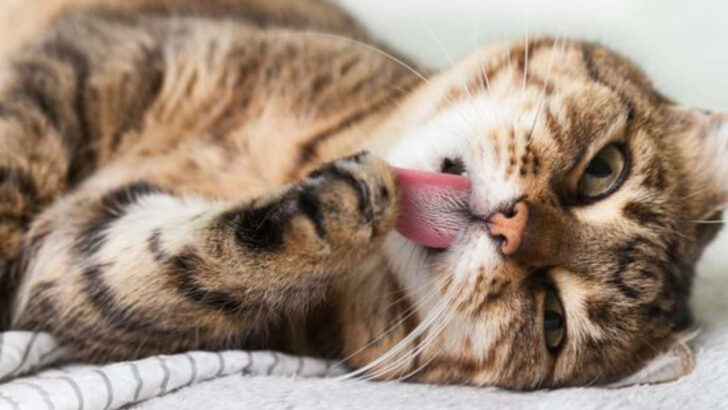Cats aren’t just pets — they’re tiny, purring enigmas with fur.
One minute they’re chasing shadows, the next they’re judging you from the top of the fridge like a furry little emperor. Every head tilt, tail flick, and 3 a.m. zoomie comes from a creature wired with instincts, secrets, and quirks we’re still trying to figure out.
Forget what you think you know about house cats. These 16 facts go beyond the obvious and scratch the surface of what makes felines so endlessly fascinating — even to the people who study them for a living.
Get ready for the weird, the wild, and the wonderfully cat-like truths hiding behind those mysterious eyes.
Whiskers Detect Changes
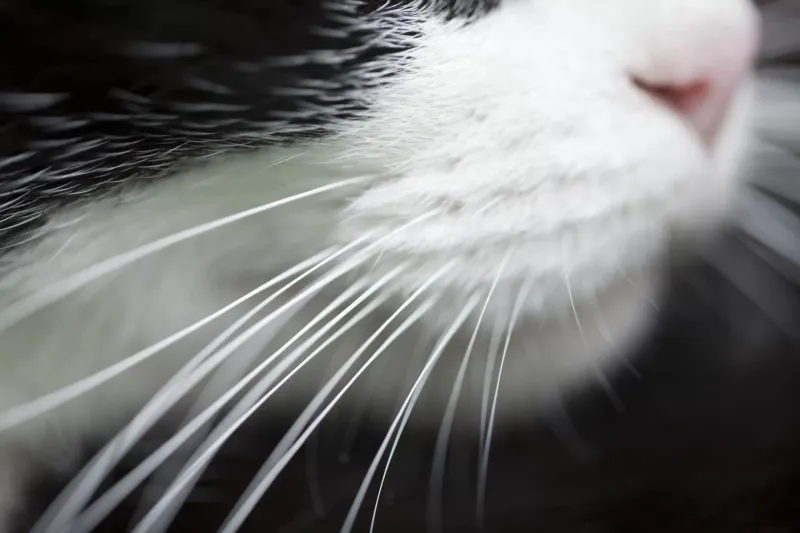
A cat’s whiskers are not just for show. These sensitive hairs can detect even the slightest changes in the environment, helping cats navigate their surroundings. Imagine them as tiny radar systems that alert a cat to the presence of obstacles or prey.
Beyond mere detection, whiskers help cats gauge the width of openings, ensuring they can pass through without getting stuck. This unique adaptation makes whiskers an essential tool for survival, especially for wild ancestors.
With their delicate structure, whiskers are truly a marvel of feline evolution, showcasing nature’s ingenuity at its finest.
Purring: More Than Contentment

While purring is commonly associated with a happy cat, it’s not always a sign of contentment. Cats also purr when they’re frightened, in pain, or even when they’re trying to heal.
The low-frequency vibrations of purring have been shown to promote bone density and healing, offering therapeutic benefits to both cats and humans. In essence, purring is multifaceted, serving as a communication tool and a self-healing mechanism.
This complex behavior highlights the depth of feline emotions and the intricate ways in which cats interact with their world.
The Mysterious Catnip Effect

Catnip is a well-known feline attractant, causing cats to exhibit playful and sometimes bizarre behavior. But not all cats react to this herb. Interestingly, the response to catnip is hereditary, affecting about 50-75% of cats.
The active compound in catnip, nepetalactone, binds to receptors in a cat’s nasal tissue, triggering a euphoric reaction. It’s harmless and short-lived, often lasting only a few minutes.
This quirky plant showcases the diverse and often unpredictable nature of cat behavior, adding an element of fun to their everyday lives.
Cats’ Unique “Meow” Language
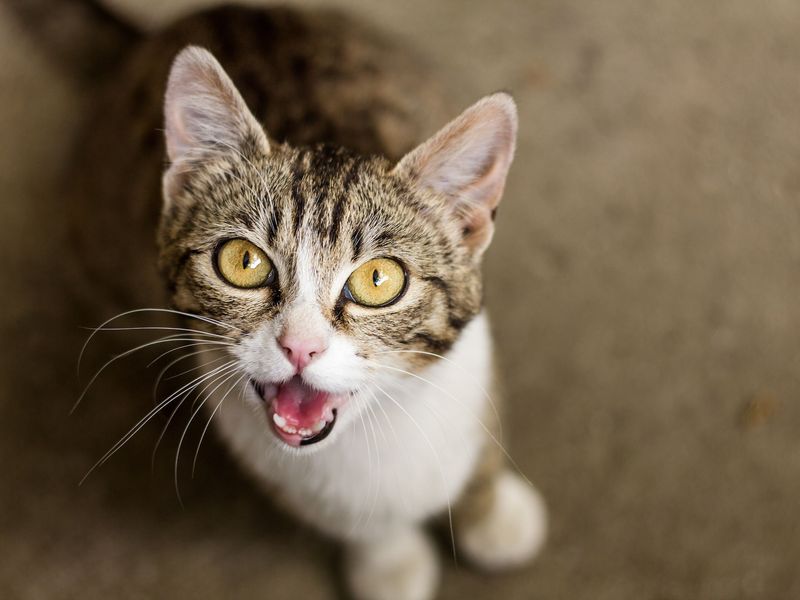
Cats have developed a unique way of communicating with humans through meows. Unlike wild cats, which rarely vocalize, domestic cats have adapted their vocalizations to interact with people.
Each cat has its own “meow” language, using different tones and pitches to convey needs and emotions. Some researchers believe cats learn to fine-tune their meows to elicit specific responses from their owners.
This adaptive communication highlights the deep bond between humans and cats, emphasizing how these creatures have evolved alongside us, creating a shared language that’s both intriguing and endearing.
Remarkable Night Vision

Cats are renowned for their night vision, a trait that allows them to hunt effectively under low-light conditions. Their eyes contain a high number of rod cells, which are sensitive to dim light.
Additionally, a reflective layer behind the retina, known as the tapetum lucidum, enhances their vision by reflecting light back through the eyes. This adaptation not only aids in nocturnal hunting but also gives cats their characteristic eye shine.
Cats’ extraordinary vision is a testament to their predatory ancestry, showcasing how evolution has perfectly equipped them for survival.
Cats and Their Love for Heights

Cats have an innate love for climbing and perching in high places. This behavior stems from their wild ancestors, who used heights to spot prey and predators.
High vantage points allow cats to observe their surroundings safely, giving them a sense of control and security. In domestic settings, you’ll often find cats lounging on shelves or climbing furniture.
This instinctive behavior not only provides mental stimulation but also has practical benefits, such as reducing anxiety and offering a peaceful retreat. It’s a delightful reminder of the wild nature that still resides in every house cat.
The Curious Case of Cat Naps
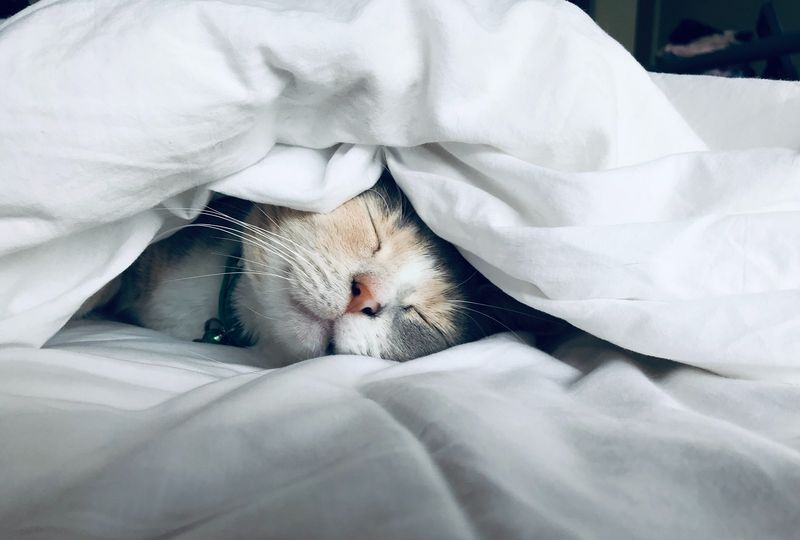
Ever wonder why cats sleep so much? On average, a cat spends around 12-16 hours a day sleeping. This penchant for napping is rooted in their predatory past.
In the wild, hunting requires bursts of energy, so resting conserves strength for those intense moments. The term “cat nap” even stems from this behavior, describing short, restful sleeps.
This inclination to sleep frequently might seem lazy, but it’s a survival strategy ingrained in feline DNA. Observing a cat nap peacefully serves as a reminder of their evolutionary history and natural instincts.
Cats’ Tail Communication
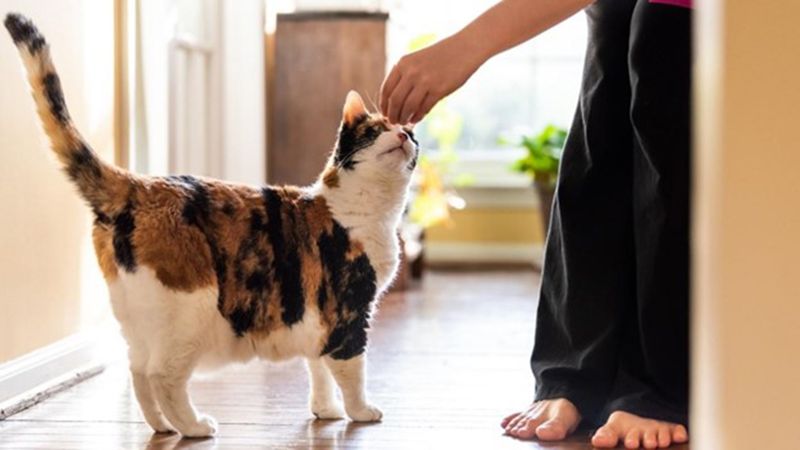
A cat’s tail is not just for balance; it’s a vital part of their communication toolkit. From flicking to curling, each tail movement conveys a different message.
A swishing tail might indicate irritation, while a raised tail often signals friendliness and curiosity. Understanding these subtle cues can enhance your relationship with your feline friend.
Tails serve as a window into a cat’s emotions, offering glimpses into their thoughts and feelings. This ability to communicate without words highlights the complexity and depth of feline interaction.
The Hunting Instinct

Even the most domesticated house cats retain a strong hunting instinct. This drive is evident when they stalk toys or pounce on imaginary prey.
Hunting behaviors are not just for catching food; they provide essential mental and physical stimulation. Playtime mimics these activities, allowing cats to exercise their natural instincts in a safe environment.
This instinctual drive is a nod to their wild ancestry, reminding us of the formidable hunters lurking beneath their domesticated exteriors. Engaging with these behaviors is crucial for a cat’s well-being and happiness.
Cats’ Fascination with Boxes
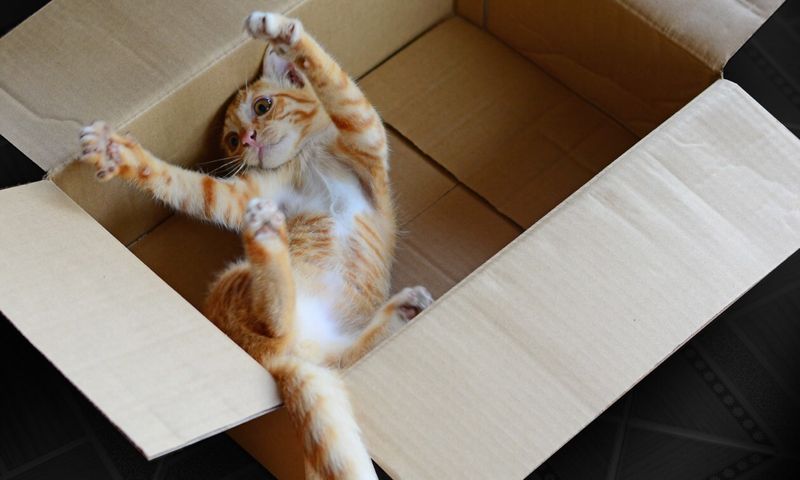
Cats and boxes have a mysterious yet undeniable connection. This love for confined spaces is rooted in their need for security and comfort.
Boxes offer a safe haven where cats can hide from perceived threats, observe their environment, or simply indulge in cozy relaxation. The enclosed space provides warmth and a sense of protection.
This quirky behavior is not only endearing but also highlights a cat’s complex psychological needs. It’s a playful reminder of how simple objects can bring immense joy and satisfaction to our feline companions.
Cats’ Grooming Rituals
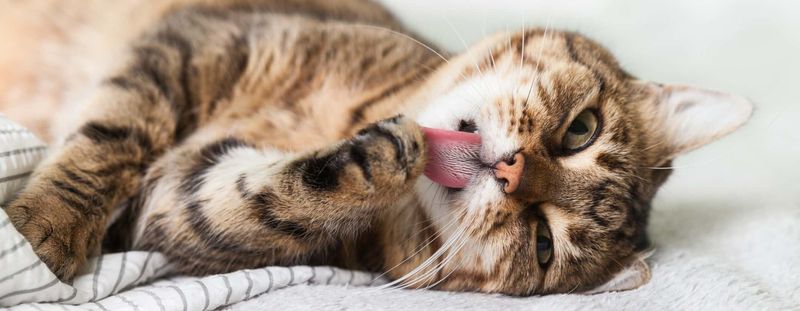
Grooming is an essential daily ritual for cats, serving multiple purposes beyond cleanliness. It helps regulate body temperature, promotes relaxation, and strengthens social bonds when done in groups.
Cats use their tongues, covered in tiny, hook-like structures, to remove loose fur and dirt, maintaining their sleek appearance. This meticulous attention to grooming is a testament to their fastidious nature.
Understanding the importance of grooming can enhance our appreciation for these creatures, emphasizing the harmony between their physical and emotional well-being.
Cats’ Sensitivity to Sound
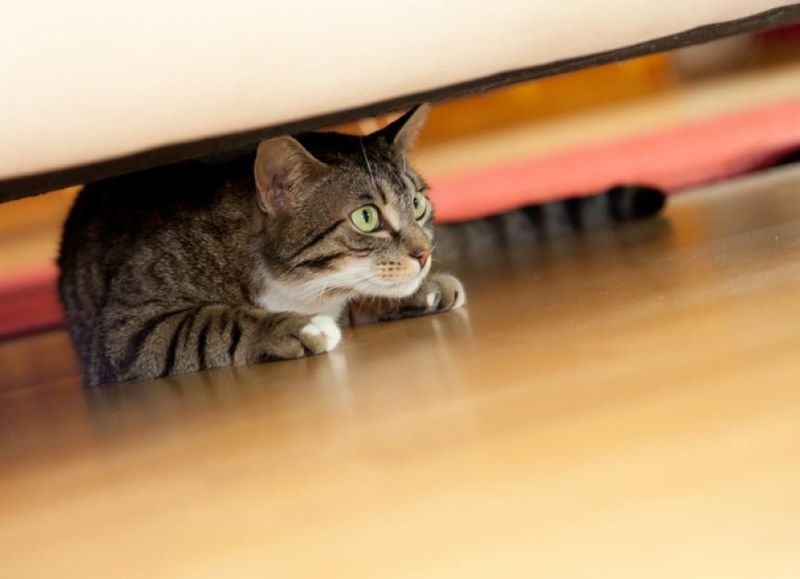
Cats have an extraordinary sense of hearing, capable of detecting frequencies as high as 65 kHz. This acute sensitivity enables them to hear sounds inaudible to humans, such as the high-pitched communication of rodents.
Their ears can rotate independently, allowing them to pinpoint the exact location of a noise. This remarkable ability is a vestige of their hunting past, where keen hearing was essential for survival.
The world of sound is a rich tapestry for cats, offering insights into their environment and enhancing their interactions within it.
Cats’ Unique Drinking Technique

Cats have a fascinating and unique method of drinking water. Unlike dogs, which use their tongues to scoop water, cats use the tip of their tongues to flick water into their mouths.
This technique relies on precise timing and coordination, allowing them to drink efficiently without getting wet. Observing a cat drink can reveal the elegance and sophistication inherent in their every move.
This surprising behavior is a reminder of the intricate adaptations that define feline life, transforming even mundane activities into displays of grace and skill.
Cats’ Affinity for Routine

Routine is a comforting aspect of a cat’s life, providing structure and predictability in their daily activities. Cats thrive on schedules, often anticipating meal times and play sessions with remarkable accuracy.
This love for routine stems from their wild ancestry, where consistency was vital for survival. A predictable environment helps reduce stress and anxiety, contributing to a cat’s overall well-being.
Embracing a cat’s need for routine enriches the human-animal bond, fostering a harmonious living space where both species can thrive together.
Cats’ Social Nature
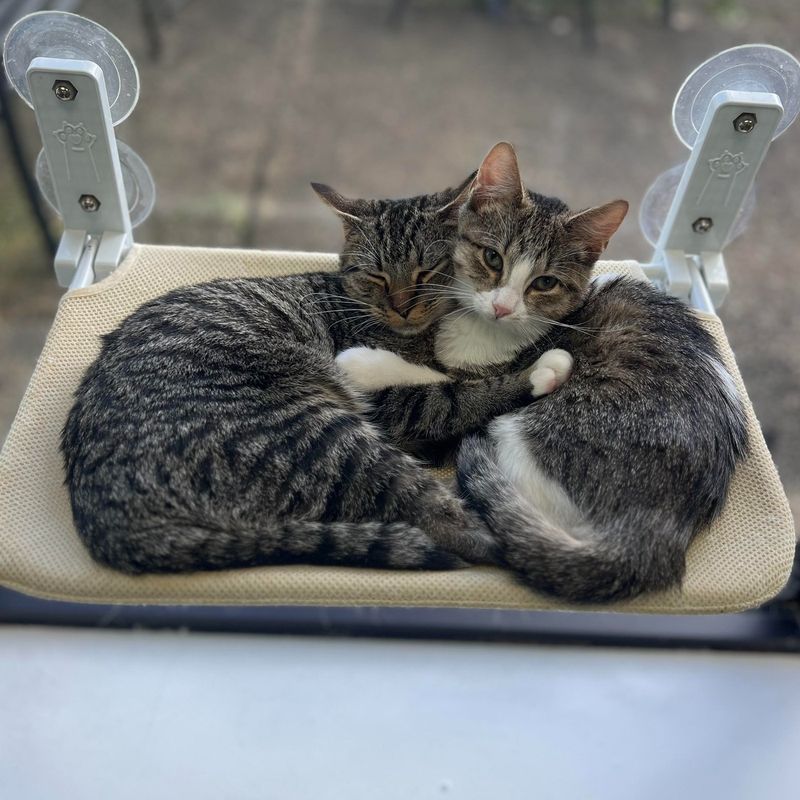
Contrary to popular belief, cats are not solitary creatures. They can form strong social bonds with both humans and other animals.
Social interactions are essential for a cat’s mental and emotional health, providing opportunities for play and companionship. In multi-cat households, grooming and playing are common bonding activities that strengthen relationships.
Understanding the social nature of cats can help create a more enriching environment, encouraging positive relationships and reducing behavioral issues. This insight into feline sociology reveals a world of affection and camaraderie, often hidden beneath their independent exterior.
The Enigmatic Cat Whisker Fatigue
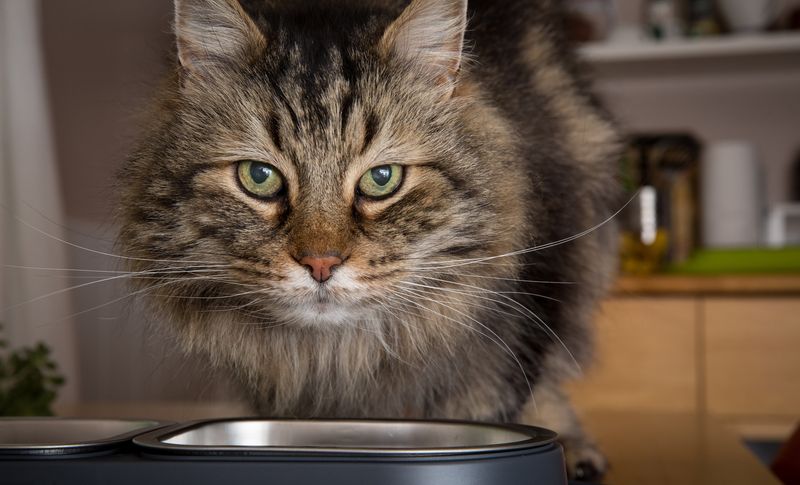
Cat whisker fatigue is a curious phenomenon that can perplex even seasoned cat owners. Imagine your cat suddenly refusing to eat from its favorite dish. The likely culprit? Whisker fatigue! This occurs when a cat’s sensitive whiskers repeatedly touch surfaces, causing overstimulation.
In response, a cat may become irritable or avoid its food bowl altogether. Ensuring your cat’s whiskers have enough space while eating can prevent this discomfort. Consider switching to a shallow, wide bowl to make mealtime pleasant again.
Understanding whisker fatigue can enhance your cat’s well-being and unravel one more feline mystery.

